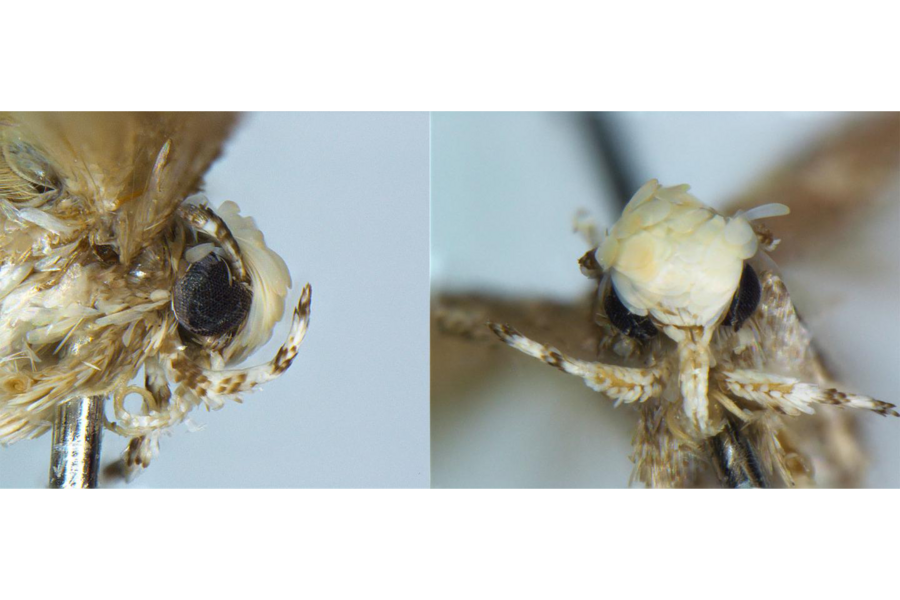Miniature moth with fancy pompadour to be named after Donald Trump
Loading...
Soon-to-be President Donald Trump just had his first species formally named after him.
The minuscule moth with yellowish-white head scales that resemble Mr. Trump’s signature hairstyle, was named Tuesday, joining a long list of species named after celebrities and politicians.
“The reason for this choice of name is to bring wider public attention to the need to continue protecting fragile habitats in the US that still contain many undescribed species,” the species' discoverer, Vazrick Nazari, wrote in a paper published in the February issue of the journal Zoo Keys.
President-Elect Trump's hairstyle also inspired the informal naming, in September, of an extremely hairy orange-yellow caterpillar native to the Peruvian Amazon, called "Trumpapillar," according to LiveScience.
The newly named moth, whose wingspan is less than one centimeter, was discovered as Dr. Nazari, a researcher from Ottawa, Canada, sifted through moth specimens borrowed from the Bohart Museum of Entomology at the University of California, Davis.
Nazari found that two males and one female from the Algodones dunes in Imperial County, Calif., had unique genitalia and wing patterns that did not match any known species. This identification of these moths as a unique, new species was later supported by the moth’s unique DNA sequence.
With orange-yellow and brown wings, this tiny moth can be found in Southern California through Baja California in Mexico.
But Neopalpa donaldtrumpi is far from the first species to bear a president or a celebrity’s name.
President Obama inspired the naming of a lichen that grows in California, while musicians such as Beyoncé and Mike Jagger have a horse fly and an extinct trilobite named after them, respectively.
Citing the need to be more creative as they select unique Latin monikers for each species they discover, scientists say celebrity names are a good way to raise the public’s awareness of biodiversity issues.
“Celebrity names are a wonderful way to have a little fun and draw attention to the biodiversity crisis," Quentin Wheeler, a professor at Arizona State University who named one species after Darth Vader, told the Christian Science Monitor in 2012. "Our best estimate is that there are 10 million species awaiting discovery and naming. There's a good chance that millions of species will go extinct this century before they were ever discovered."
But sometimes, a scientist will pick a name just out of admiration, as was the case with Gnathia marleyi, a small, parasitic crustacean blood feeder named after reggae legend Bob Marley.
"I named this species, which is truly a natural wonder, after Marley because of my respect and admiration for Marley's music," Paul Sikkel, an assistant professor at Arkansas State University who named a parasitic crustacean after the musician, said in a National Science Foundation press release. "Plus, this species is as uniquely Caribbean as was Marley."
While believing the moth’s distinctive head scales provides additional justification for his naming, Nazari hopes his naming and discovery of Neopalpa donaldtrumpi will inspire future scientists to consider the field of entomology.
“I hope he takes it with the good spirit as it is intended,” Nazari told The Washington Post. “We need the next administration to continue protecting vulnerable and fragile habitats across the United States.”








